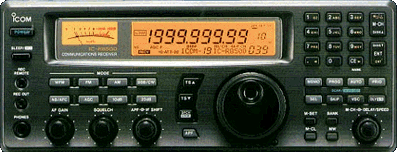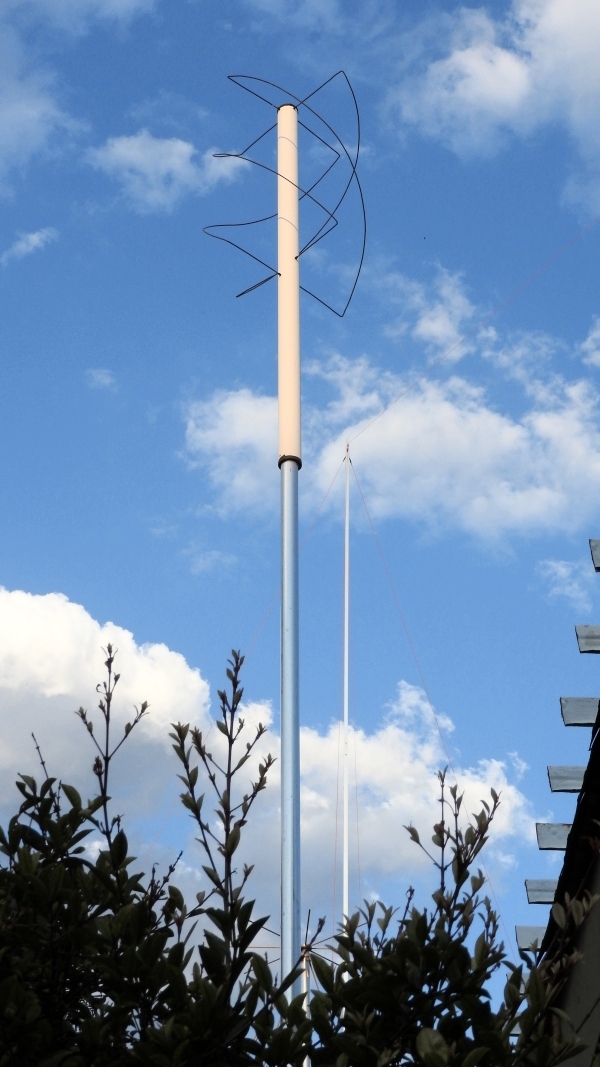

Hardware required to receive weather satellite transmissions
RF Receiver
The polar orbiting satellites (NOAA and Meteor) transmit automatic picture transmission format (APT) picture signals in the 137 MHz frequency band, whereas the geo-stationary satellites (Meteosat and GOES) transmit in the 1.7 GHz frequency band. To eliminate the requirement for two different reception systems, a frequency converter may be employed to convert the signal in the UHF band to a signal in the 137 MHz frequency band, resulting in common reception equipment that may be employed for both satellite types.
Analogue weather satellite pictures are transmitted utilising an amplitude modulated sub-carrier; the resulting signal transmitted on VHF or in the L-Band using standard FM modulation. The NOAA and Meteor weather satellites transmit a RF carrier signal which is frequency modulated with a deviation of approximately 17 kHz, whilst the Sich and Okean satellites transmit signals with less FM deviation. Meteosat transmits signals at a FM deviation of 9 kHz.
This receiving station employs an ICOM IC-R8500 Communications Receiver which, as manufactured, does not cater for the approximately 17 kHz signal bandwidth required, the closest option being the wide-band FM (WFM) selection. The WFM selection switches the receiver's bandwidth to 150 kHz, which is considerably wider than required. This results in reduced sensitivity and noise is prone to manifest itself in the received signal. The sensitivity is adequate to receive a relatively large percentage of the satellite's transmission from horizon to horizon.

Transmission frequencies
| Satellite | Frequency (MHz) |
| NOAA 15 | 137.62 MHz |
| NOAA 18 | 137.9125 MHz |
| NOAA 19 | 137.1 MHz |
PC Sound card
Weather satellite signals consist of a sub-carrier (typically 2400 Hz) that is amplitude modulated with the information. High amplitudes (loud sub-carrier) represent bright parts of the picture whereas low amplitudes (quieter tone) dark parts. Most of these satellites do not modulate below a sub-carrier rest of 5 %, resulting in relatively easy PLL coupling to the sub-carrier. This facilitates compensation of the Doppler shift and incorrect oscillator frequencies of a PC sound card, resulting in incorrect sampling rates. A PC sound card together with appropriate software can decode these transmissions with relative ease (the audio-out of the receiver being fed directly into the sound card's audio-in socket).
Example sound file (WAV format): NOAA
Example sound file (WAV format): Meteor
Antenna
Most antenna design's for the 137 MHz frequency band will produce adequate signal levels received from polar orbiting satellites (NOAA and Meteor), of which the turnstile and Quadrifilar Helix antenna are most popular.
A turnstile antenna, which consists of a cross dipole for right-hand circular polarisation and reflector, oriented vertically above ground is effective and easy to construct.
A Quadrifilar Helix antenna, vastly more complex and difficult to construct, is better suited to receive signals from polar orbiting weather satellites.
The original website from which I downloaded the antenna construction details is no longer active - a Google search for a 137 MHz Quadrifilar Helix antenna should (hopefully) return useful results.
To construct this antenna I used wire similar to that used in the manufacturing of coat hangers or wire fencing (approximately 2.5 mm in diameter) and a PVC pipe. I mounted the coax Balun inside the pipe.

Quadrifilar Helix Antenna
(click on the image for a larger version)
For the geo-stationary satellites (Meteosat and GOES) a yagi antenna with between 20 to 30 elements as well as a parabolic dish can be employed.
Antenna's